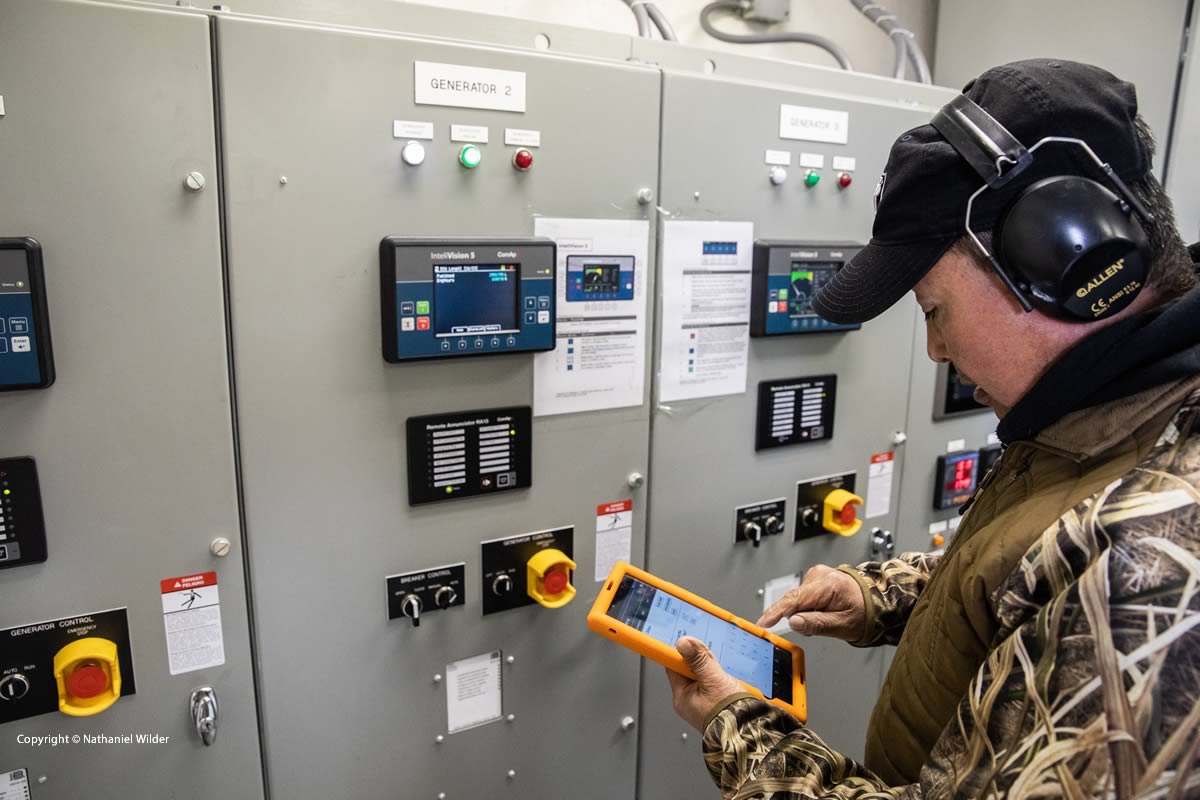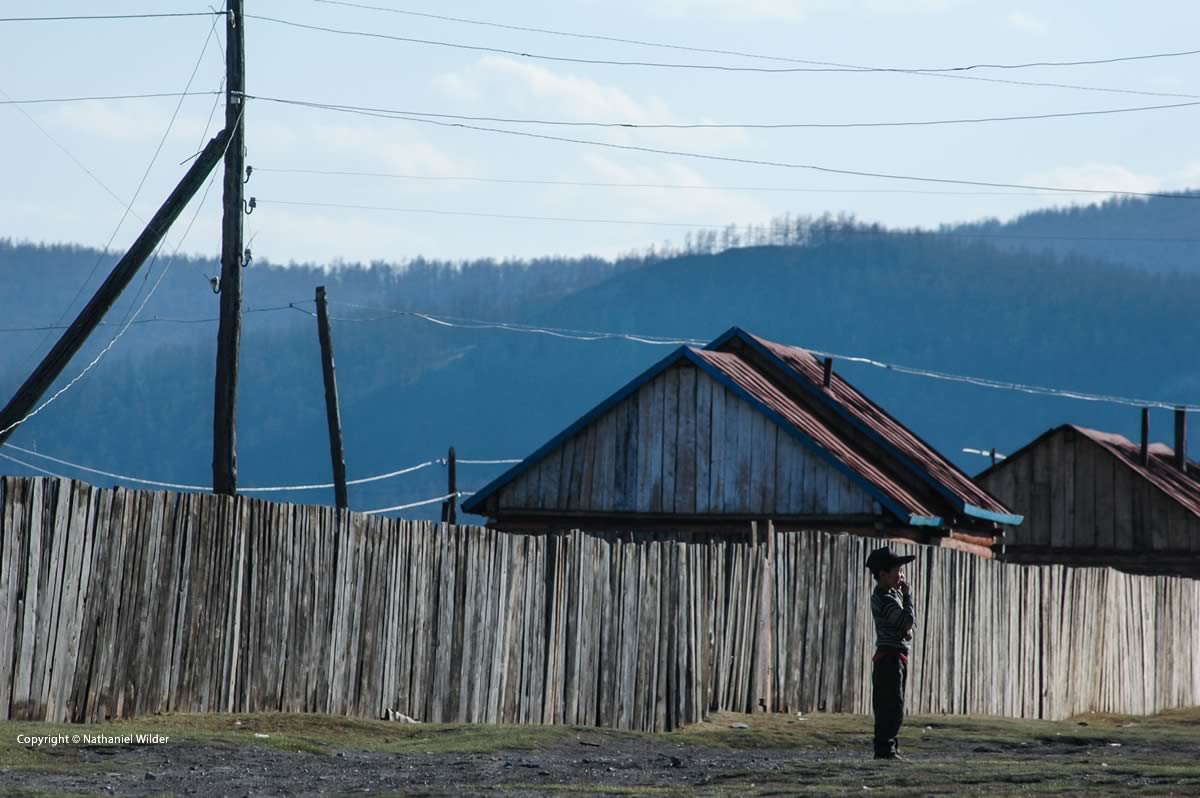60Hertz isn’t resting on the early success of its mobile app designed to improve operations and maintenance (O&M) for remote Alaska microgrids. The company is now expanding into South America and just closed its first customer in sub-Saharan Africa.
In the meantime, 60Hertz has taken crucial lessons from the first two years of operations and used that information to make major software improvements, further innovating ways in which language, cultural differences and the human-machine interface is handled, particularly for users with limited technical training and important responsibilities.

60Hertz CEO and co-founder Piper Foster Wilder told HOMER Energy by UL, “We’ve spent 250 hours of field research and job shadowing talking to people in multiple countries and sectors and will continue to do so. The closer we get to our customers, the easier it is to provide something meaningful to them.”
Microgrid O&M taps into each community
The 60Hertz mobile app was originally designed to help microgrid technicians maintain their equipment in remote, often physically hostile environments, usually with little formal training or support. The app has been successful in creating a supportive community of microgrid operators, improving their communication and interaction with the Alaskan utilities that own the microgrids, and reducing losses from equipment failures that are due to poor maintenance.
Foster Wilder, who originally engaged a cultural anthropologist to help design the software, says that in this past year the company took a deep look at the application and did a major overhaul, using the principles of “human centered, research driven design,” to rethink the user interface and bring far more ease of use to an application that had already won praise for its success with non-technical users.
The innovations include “asymmetrical language” capability, which allows field users to read and interact with the software in their preferred language while their supervisors may use a different language. Users also have more choice in the terminology used for labels or items. For instance, what one utility calls a “site,” another may call a “microgrid” or a “powerhouse.”

The app also accommodates responses with the emoji library to offer users more ways to express themselves. Ninety percent of current 60Hertz users are Alaska Native, which means they may prefer one of at least four indigenous languages.
“The difference with asymmetrical language is that we have the capability to provide preferred language at the user level. People may get thrown off if their exact language isn’t being used, and even if they’re speaking the same language, they may have preferred terminology,” Foster Wilder says. “Some Yupik operators would prefer to have training in Yupik (an Alaska Native language) and we did that,” she adds.
60Hertz strives to accommodate language, education and cultural differences in its O&M application
“We also see the emphasis on indigenous languages as a small contribution toward language preservation, since many places where 60Hertz works, or will work, suffer the loss of their language,” she adds. One of the company’s first hires was a Yupik language professional, who serves as a Customer Success Associate. One of his first tasks was to translate the explanatory videos into Yupik for the benefit of early users.
Other improvements to the software include greater accommodations for working offline. “We realized we have to provide the essentials offline for people who have spotty cell service or poor internet connections,” Foster Wilder points out. “We basically had to figure out how to do everything we were doing before with less bandwidth.”
Finally, the 60Hertz platform is more versatile, working on any form factor – mobile phones, tablets, desktop computers – and with both IOS and Android operating systems.

Ultimately, this rethinking of the application architecture to make it more intuitive, no matter what language or culture the user brings to the work, will make it easier to serve people who have less formal training, Foster Wilder believes.
60Hertz is expanding overseas
Citing expressions of interest from Zimbabwe, Benin, Kenya and Nigeria, she says this will position the company to provide its O&M offering to new users anywhere.
One new customer is Gham Power, in Nepal, and another is an OEM serving a deployment with Conservation International in Suriname that wants to use the 60Hertz app as an installation guide and commissioning checklist for rural, underserved energy users. 60Hertz will deploy Go-Pro cameras to observe users’ early interactions with prototypes of the software in Suriname as the first five deployments are installed. The picture-driven interface will guide users to set up and troubleshoot a solar /battery home-scale system.
Beyond the Suriname deployment, the software is of interest to microgrid manufacturers broadly.
“60Hertz is valuable to OEMs as they look to manage dealer networks or field staff and get equipment installed correctly the first time and provide ways to troubleshoot their systems. That can benefit manufactures as they defend themselves against warranty claims,” Foster Wilder points out..
With its new upgraded multi-language capability and simplified usability, 60Hertz will be poised to work with new customers in sub-Saharan Africa and anywhere else in the world, when the opportunity arises.
60Hertz CEO and Co-founder Piper Foster Wilder will be speaking at the 8th Annual HOMER International HOMER Energy Conference. She told us that Gham Power is now a customer because they met at the 2018 HOMER conference. Don’t miss this opportunity to network with your peers – microgrid thought leaders from around the world!
Join us at the Virtual 8th Annual HOMER International Microgrid Conference, October 12-16, 2020.
Conference registration is now open. Presentations are free to attend. Join us and Join the Microgrid Revolution.

Good article. I will be facing some of these issues as well..